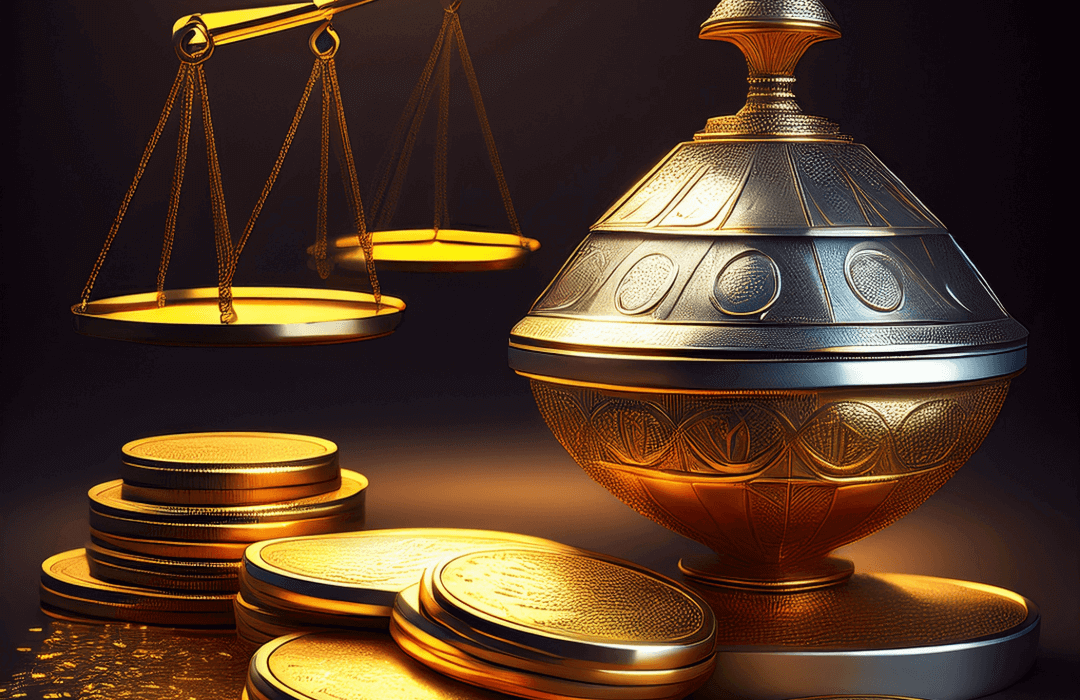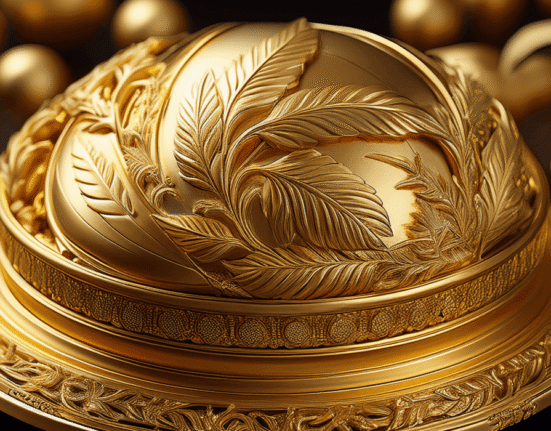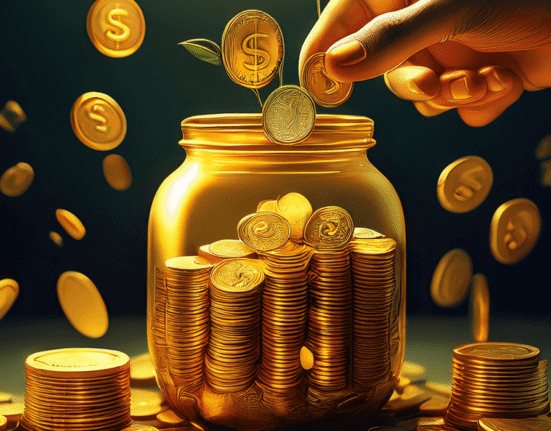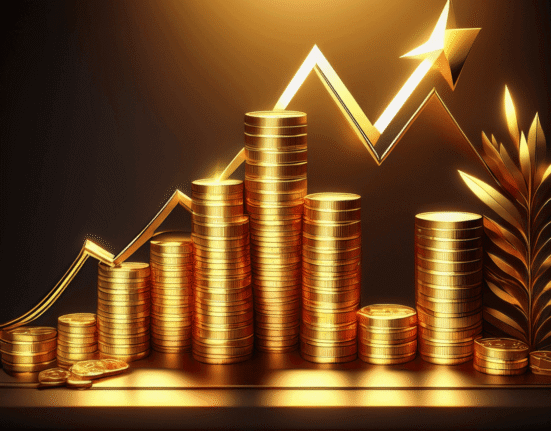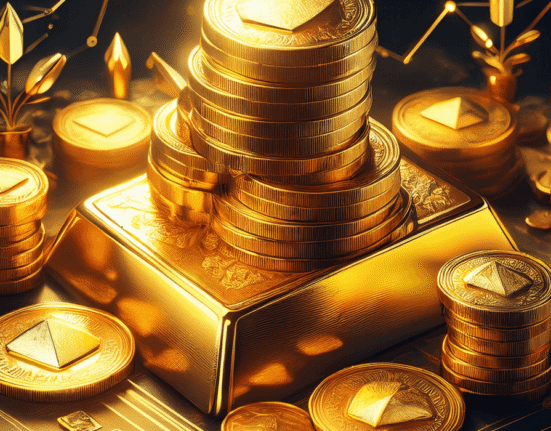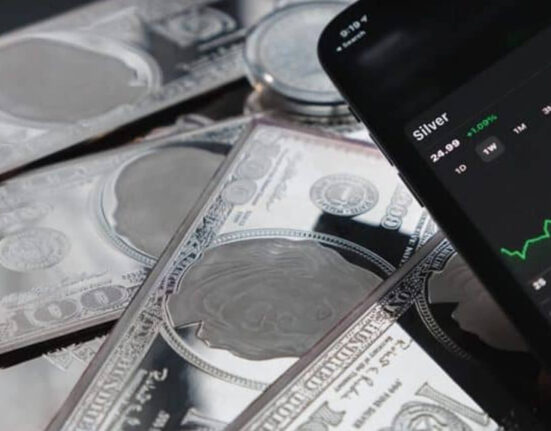What is the silver-gold standard?
The silver-gold standard was one of the most important yet contentious financial systems in history. On one side stood the gold standard, where currency was directly linked to gold, while on the other side, the silver standard was supported by farmers and smaller producers, as silver was more accessible. Gold served as the reserve currency in international trade, whereas silver in the United States often played a more regional role. This “battle of metals” was not only an economic duel but also an ideological and political struggle between different social classes.
USA in the 19th century: gold or silver?
The American West was a region where silver became the foundation of economic growth. Mexico, home to the largest silver mines in the world, became the main supplier of silver. Farmers needed a currency that was accessible and easy to exchange, as they had limited access to credit. For them, the silver standard was a solution—it allowed them to obtain silver coins and use them to buy supplies for their land. In contrast, bankers and capitalists in the cities supported gold, believing that it held greater value and would ensure long-term stability.
Historical MomentOne of the most famous battles between gold and silver occurred when William Jennings Bryan, at the 1896 Democratic Convention in Chicago, delivered his famous declaration: “You shall not crucify mankind upon a cross of gold.” It was a call for greater use of silver, as farmers felt oppressed by wealthy industrialists who had access to gold. Bryan’s “Cross of Gold” speech became a significant political moment, symbolizing the struggle between the rich and the poor, and between urban and rural America.
The “Free Silver Movement” and political debates
The Free Silver Movement was a powerful political movement in the United States during the 19th century that demanded silver be treated as equal to gold in the issuance of money. Farmers and agricultural workers advocated for the wider use of silver because it was cheaper and more accessible. In contrast, bankers and industrial magnates supported gold, viewing it as more stable and less affected by fluctuations in production.Historical MomentGrover Cleveland, the 22nd President of the United States, maintained the gold standard despite the efforts of farmers and silver supporters, which caused great dissatisfaction in rural areas. Across much of the U.S., farmers saw their future threatened by the gold system, as it left them struggling with limited access to money and credit.

PURCHASE OF GOLD. Free information. You can get up to 1/3 more precious metals!
- How can you buy gold and silver for investment?
- Much cheaper.
- We discover how you can reduce seller commissions.
- Highest quality. 999/1000. Good delivery.
Information worth its weight in gold. Completely free
It is not worth buying a single gram until you have this information.
Enter your name and email address now to participate for free.
Why did farmers want silver, while bankers preferred gold?
Farmers believed that silver would allow for a greater money supply in circulation, which would lower interest rates on their debts. Silver was more accessible and existed in larger quantities, providing greater flexibility for rural farmers who needed affordable credit. Gold, on the other hand, was more valuable and scarce, which led banks to issue less money—something that greatly affected small farmers and craftsmen.Historical MomentIn the American West, people built silver mines as central parts of towns, since silver mining allowed many farmers to prosper while improving their standard of living. As a result, silver coins were often used for everyday transactions, while gold became a symbol of wealth—reserved for the rich and powerful.
The Role of Silver in Asia (China, India)
China was one of the largest silver trading centers in the 19th century. Silver played a crucial role in Chinese commerce, where there had been a long-standing tradition of trading in gold and silver for centuries. The Chinese used silver as the basis for their monetary units and traded it across the world. India, known for its rich tradition of gold craftsmanship, imported large quantities of silver to support its economic and trading strength.Interesting FactChina, the largest importer of silver from the United States and Latin America, despite its historical affinity for gold, always used silver as its main form of currency. In China, silver coins became a common means of payment, giving silver a vital role in the development of the economy and trade during the Qing dynasty.
How Gold Replaced Silver as the Global Standard
By the early 20th century, gold had become the dominant monetary tool. For the United States and many European countries, gold offered the stability that enabled global trade growth and financial integration. Increased silver production and its constant price fluctuations made gold more attractive as the foundation for a global standard. Gold was not only a symbol of wealth—it became the essential basis of the monetary system for many nations around the world.Interesting FactJapan, which still used silver in its financial system before the 20th century, later adopted the gold standard to support its rapidly growing industry and to establish itself as a major player in the global market.
Why Is Silver Once Again Called the “Poor Man’s Gold”?
Although gold remains the dominant metal in the global economy, silver is re-emerging as an investment that is more accessible to the general public. Today, silver is no longer just a symbol of wealth—it also plays a vital industrial role. Gold has remained reserved for wealthier investors, while silver is increasingly used as protection against inflation and as an investment with greater growth potential.Interesting Fact
When silver prices experienced major surges over the past decade, many investors began turning to silver as a more affordable alternative to gold, as it offered greater accessibility and the promise of higher returns.
You can save thousands of euros!
Do not buy a single gram of gold or silver until you have read this gold valuable information.
- Did you know that you can pay up to 59% more than the market price of gold?
- How can you significantly reduce the price of gold and silver?
- You can get up to + 1/3 more precious metals for your savings!
- Physical investment gold and silver of the highest quality. Good delivery.
BONUS! Extremely tax efficient: you pay absolutely no tax!
Enter your name and email address now to participate for free.

The Influence of Silver on Global Economic Policy
The silver standard played an important role in global trade in the past. Due to its accessibility, silver was essential for financing trade within developing economies. The increase in silver production allowed for the rapid expansion of trade routes and greater access to money in countries that lacked access to gold.
Why Did Central Banks Prefer Gold Over Silver?
While silver played an important role in the early stages of monetary systems, central banks have always preferred gold for its stability and protection against inflation. Gold was easier to store and more secure, as it maintained a stable value over time. Silver, although often chosen as the first currency in emerging economies, could not offer the same level of protection as gold.
Conclusion: Is Silver Still Part of the Economic Story?
Today, silver still holds its place, but it is more accessible as an investment for a broader range of investors. While gold continues to dominate as protection against inflation and remains favored by wealthier investors, silver offers unique opportunities for those who wish to protect their assets without high costs.Interesting FactAt the beginning of the 21st century, investors began recognizing silver as a valuable metal, driven by industrial growth and the increasing use of silver in technology, electronic devices, and even solar panels.
A golden opportunity for a free webinar for our readers.
How can you get precious metals significantly cheaper? Sign up now for free.
- How can physical gold and silver be significantly more affordable?
- How can you reduce commission when buying silver up to - 80%?
- How can you buy silver tax free, where you can get 22% more silver?
- How can you reduce commission when selling silver by as much as - 95%?
Participation in the webinar is free for our readers.
It is not worth buying a single gram until you have this information.
Enter your name and email address now to participate for free.

Summary: a few key highlights
- What is the silver-gold standard? The silver-gold standard was a monetary system in which both gold and silver were used as the primary assets backing the currency. This system allowed for the widespread use of both metals across different nations.
- Why did farmers want silver while bankers preferred gold? Farmers favored silver because it was more accessible and easier to obtain than gold. Gold was harder to access, while bankers believed it provided greater stability and long-term value.
- How did silver and gold influence global trade? Silver coins facilitated the rapid expansion of trade, as they were more affordable and easier to transport. Gold, on the other hand, offered long-term stability that helped maintain confidence in monetary systems.
- Why is silver still important in the modern world? Silver continues to hold significant industrial value today—especially in electronics, technology, and solar panels. Moreover, silver remains accessible to investors who wish to protect their wealth from inflation.
